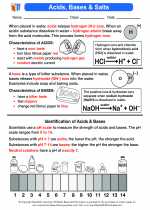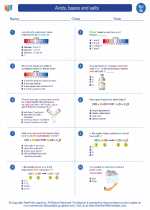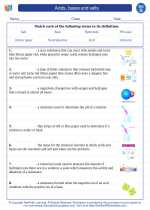Magnetic
In physics, magnetism is a force that can attract or repel objects. It is caused by the motion of electric charges. The Earth itself is a giant magnet, with its north and south poles creating a magnetic field that affects other magnets and magnetic materials.
Magnetic Materials
Some materials are naturally magnetic, such as iron, nickel, and cobalt. These are known as ferromagnetic materials. Other materials, like aluminum and copper, are not naturally magnetic but can be influenced by a magnetic field, becoming temporary magnets.
Magnetic Fields
A magnetic field is the area around a magnet where its force is felt. The field is strongest close to the magnet and gets weaker as you move away from it. Magnetic fields are represented by lines of force that show the direction and strength of the magnetic field.
Magnetic Poles
All magnets have two poles: a north pole and a south pole. Like poles repel each other, and opposite poles attract each other. This is why a compass needle, which is a small magnet, always points toward the Earth's magnetic north pole.
Study Guide
Here are some key points to remember about magnetism:
- What is magnetism and what causes it?
- What are some examples of magnetic materials?
- What is a magnetic field and how is it represented?
- What are the characteristics of magnetic poles?
- How does a compass work and what does it tell us about the Earth?







